Unit 2: My Home
Unit 2, Activity 3: Sources of Light
MINDS ON
Light Emissions Scavenger Hunt
Light emissions originate in many places. The most identifiable and familiar sources are the sun and light bulbs, but there are other less obvious ones if we know where to look.
To find some of these, you are going on a scavenger hunt for different types of light emissions which might be found right where you live.
Search carefully through every room of your home, checking off each item you find from the list below.
| Check if you have these sources of light in your home. | Check if you have these sources of light in your home. | ||
|---|---|---|---|
|
Incandescent Light Bulbs
|
LED Light Bulbs
|
||
|
Fluorescent Light Bulbs
|
Electric Stove Coils
|
||
|
Glow Sticks
|
Neon Signs
|
||
|
Candles
|
Glow-in-the-dark Stickers or Toys
|
ACTION
The Electromagnetic Spectrum
Light comes to us in the form of electromagnetic radiation, but the human eye can detect only a small portion of it.
The section of the electromagnetic spectrum that the human eye can see is called visible light, which is broken down into what is referred to as the visible spectrum(definition:a band of colours, as seen in a rainbow).
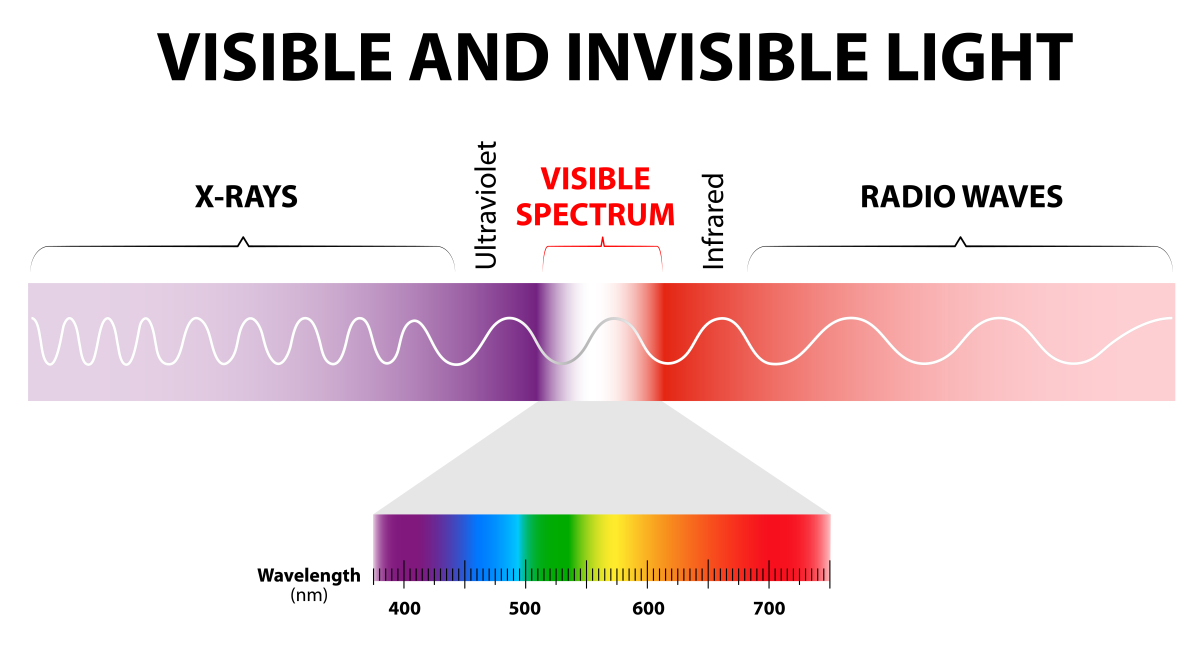
Most of the electromagnetic spectrum is invisible to humans, with the exception of the visible spectrum, which makes up only a very small portion.
The visible spectrum contains all of the colours which our eyes can detect. A beam of white visible light can be split apart into multiple colours through the use of refraction, which we will explore more thoroughly in the My Community Unit.
This image shows how white light can be split into the colours of the visible spectrum through the use of a glass prism.
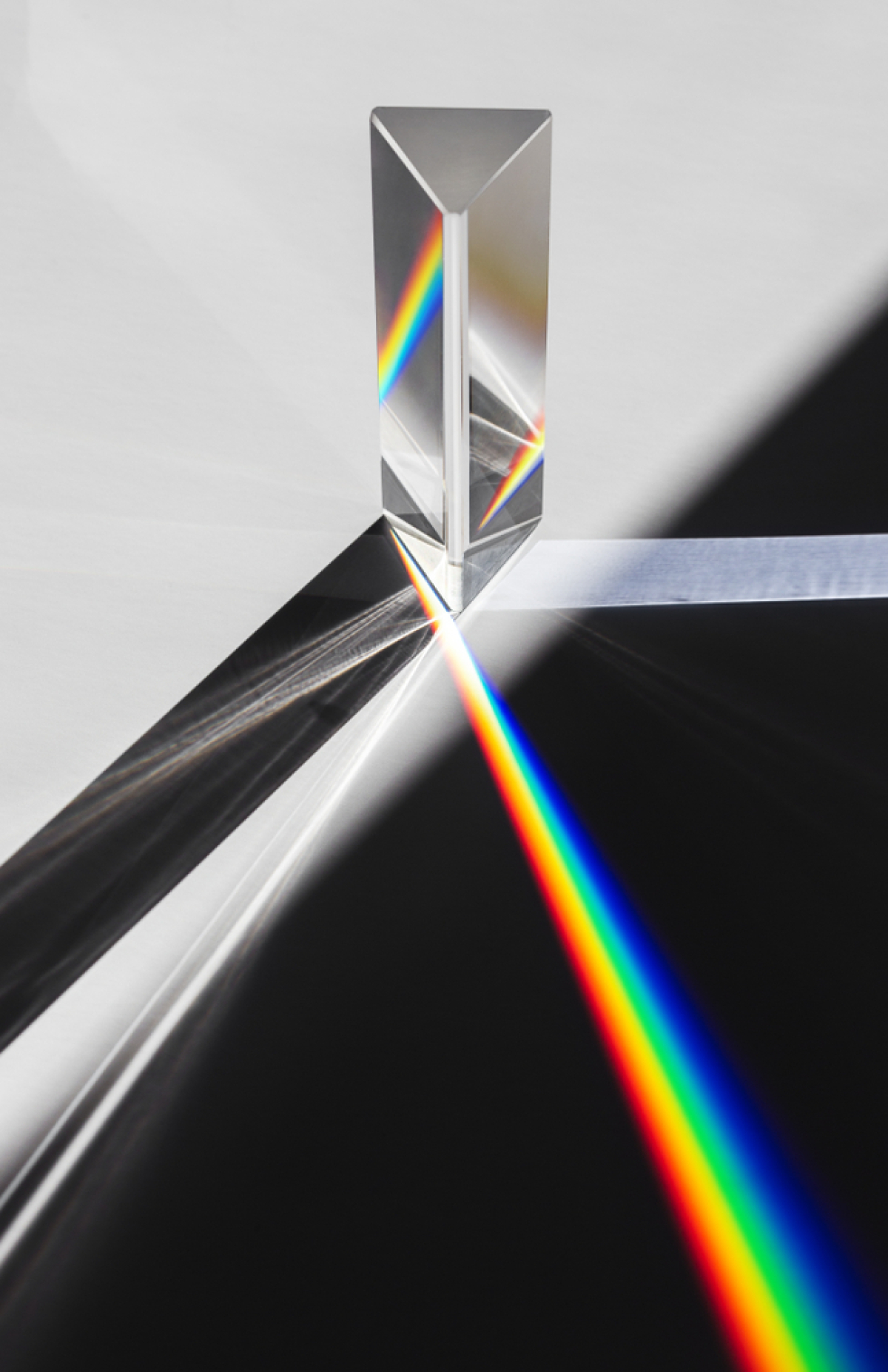
Types of Radiation
Radio waves are very large and safe for human exposure. After being warmed by the sun, the earth gives off infrared radiation, which is also called longwave radiation. When trapped by the atmosphere, this type of radiation can contribute to the greenhouse effect. Ultraviolet or UV radiation comes from the sun and is also called shortwave radiation. When you wear sunscreen, you are protecting yourself from the type of radiation which can cause sunburn. X-rays are even more intense than ultraviolet radiation, which is why you are required to wear a heavy lead apron to protect yourself when you have a dental x-ray.
One thing to remember about these types of radiation is that they are all actually still forms of light. As mere humans, we just don't have the ability to see them!
 Questions
Questions
- From the image above, identify the parts of the electromagnetic spectrum that are invisible to the human eye.
AnswerX-rays, ultraviolet (UV), infrared and radio waves are invisible to the human eye. Only white light from the visible spectrum is visible to humans.
- Look at this image of a rainbow over Niagara Falls. The mist from the waterfall acts like a prism separating white light into its individual colours. Identify the colours here that make up the visible spectrum.

AnswerThe visible spectrum is made up of red, orange, yellow, green, blue and purple.
Types of Light Emissions
As you discovered in your scavenger hunt earlier, there are many types of light emissions. Below you will see some common types found in your home. Please note that this is not a complete list. There are more types of light emissions than are listed here. Click on the titles below to open.
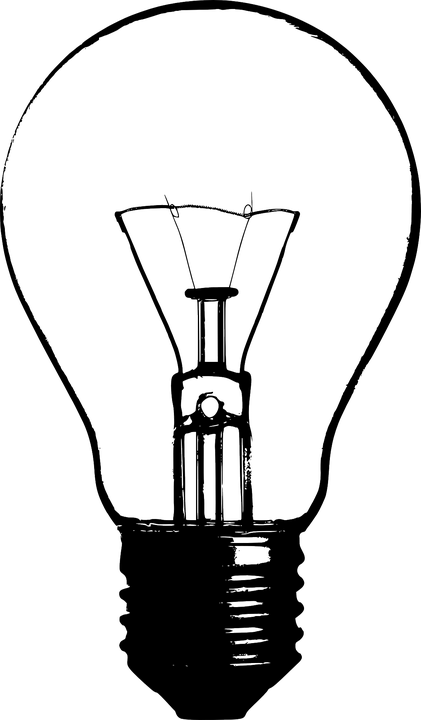
Incandescent light emissions occur when a substance is heated up so that it glows red and gives off light. Inside incandescent light bulbs, there is a filament(definition:a very thin piece of wire that conducts electricity) made of tungsten (definition:an element in the periodic table) through which electricity passes, causing it to heat up and glow to produce light.
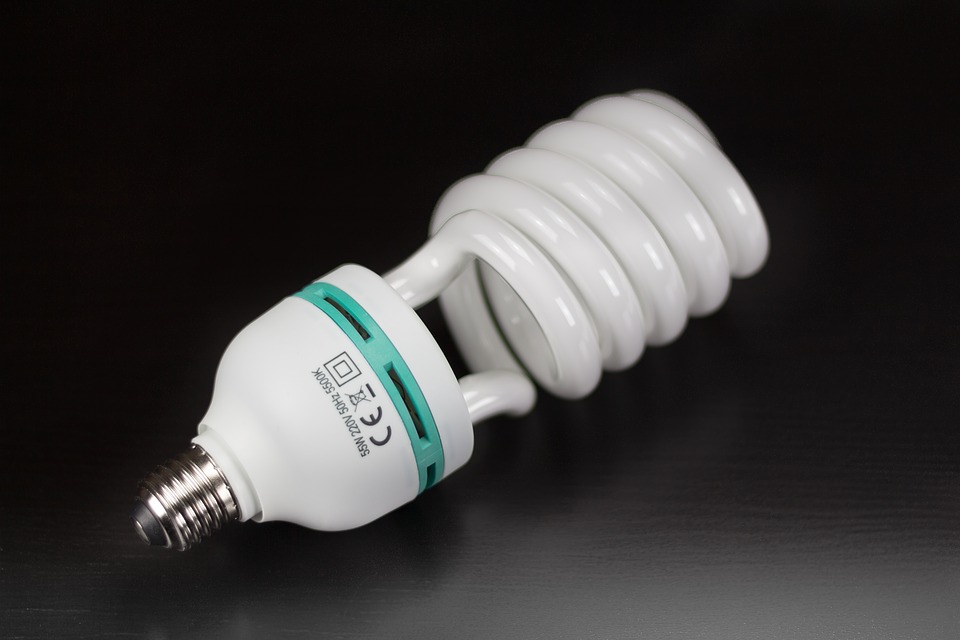
Fluorescent materials absorb energy and re-emit it as light, but only when the energy source is present. For example, in fluorescent light bulbs, there is a fluorescent (white) coating on the inside of the light bulb that emits light. However, when the energy source is removed, the fluorescent material no longer produces light.
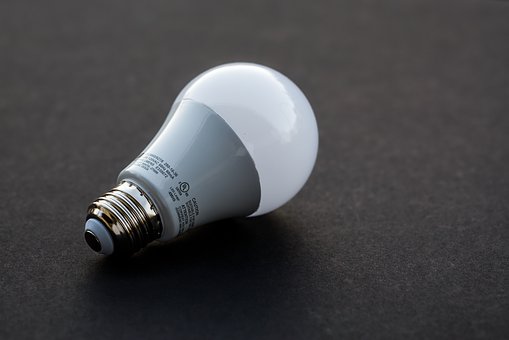
LED stands for light-emitting diode and produces light through electroluminescence, where electricity passes through a semiconductor. (definition:a material that lets electricity pass without heating up) This in turn creates light in a variety of colours, depending on the material. LED bulbs have become popular because they do not produce heat like incandescent bulbs or contain dangerous mercury gas like fluorescent bulbs.
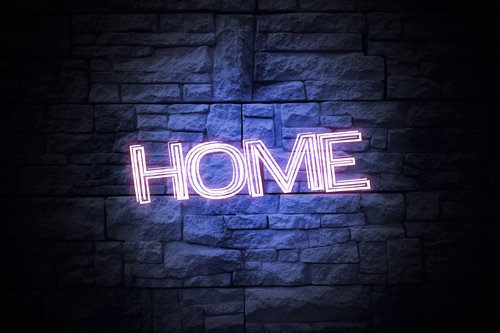
Light is also produced when an electric current is passed through a gas. An example of this is lightning, when electricity passes through the atmosphere. Fluorescent light bulbs also create light using electric discharge, because the fluorescent tubes are filled with a mercury gas that produces UV light.
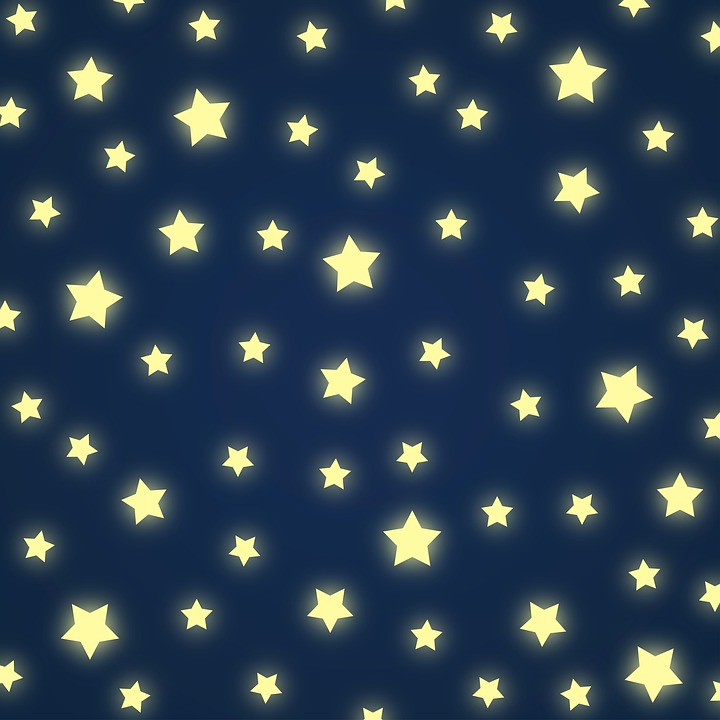
Phosphorescent materials absorb light and re-emit it, similar to fluorescence, except phosphorescent materials continue to glow after the light source is removed. Examples of this are glow-in-the-dark stickers which glow brightly after being exposed to light. They can continue to glow for some time. Eventually, the glow will fade until the next time the phosphorescent material is exposed to light.
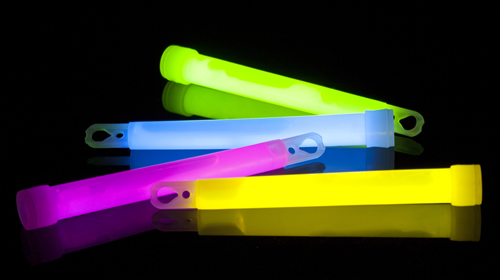
Light can be produced when a chemical reaction occurs. Heat is sometimes (but not always) given off during chemiluminescence. An example of chemiluminescence is a glow stick. The chemical reaction occurs when you bend the glow stick to create a snapping sound, which indicates that the chemicals are mixing. Then it begins to emit light.
 Questions
Questions
Answer the following questions using the items from your scavenger hunt.
 |

|
 |
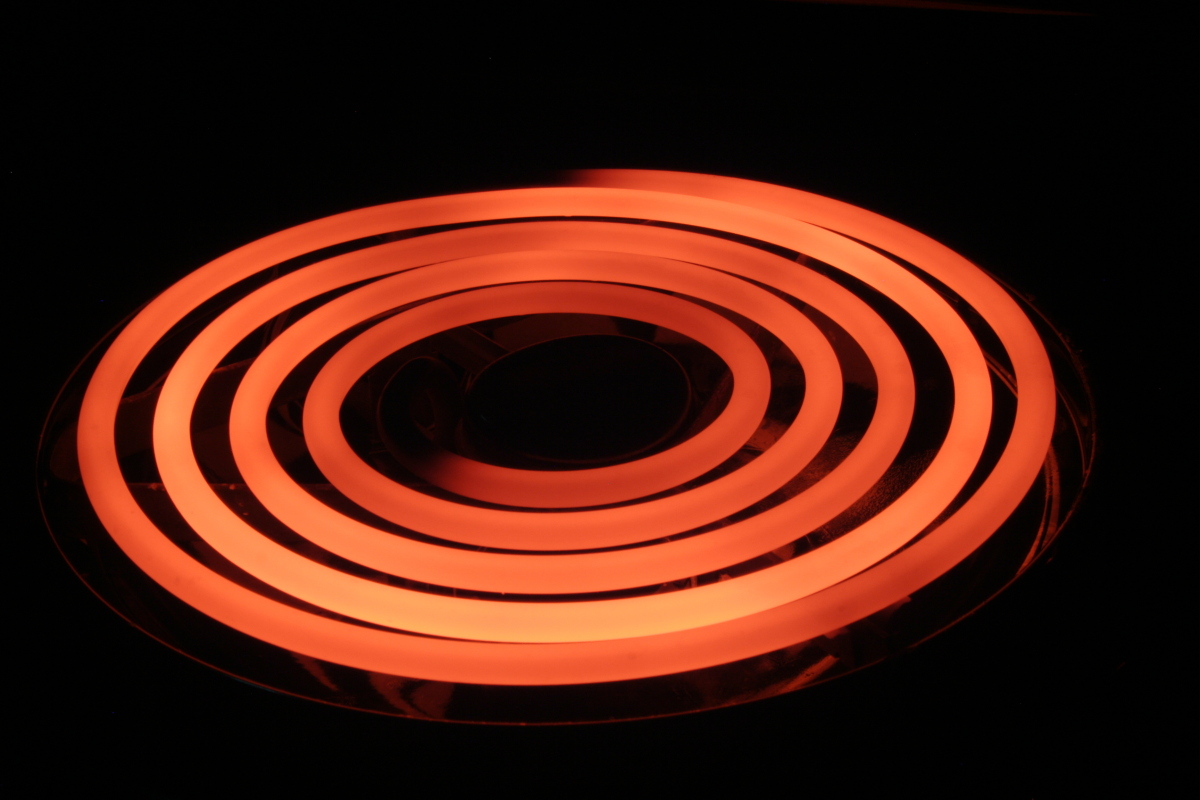 |
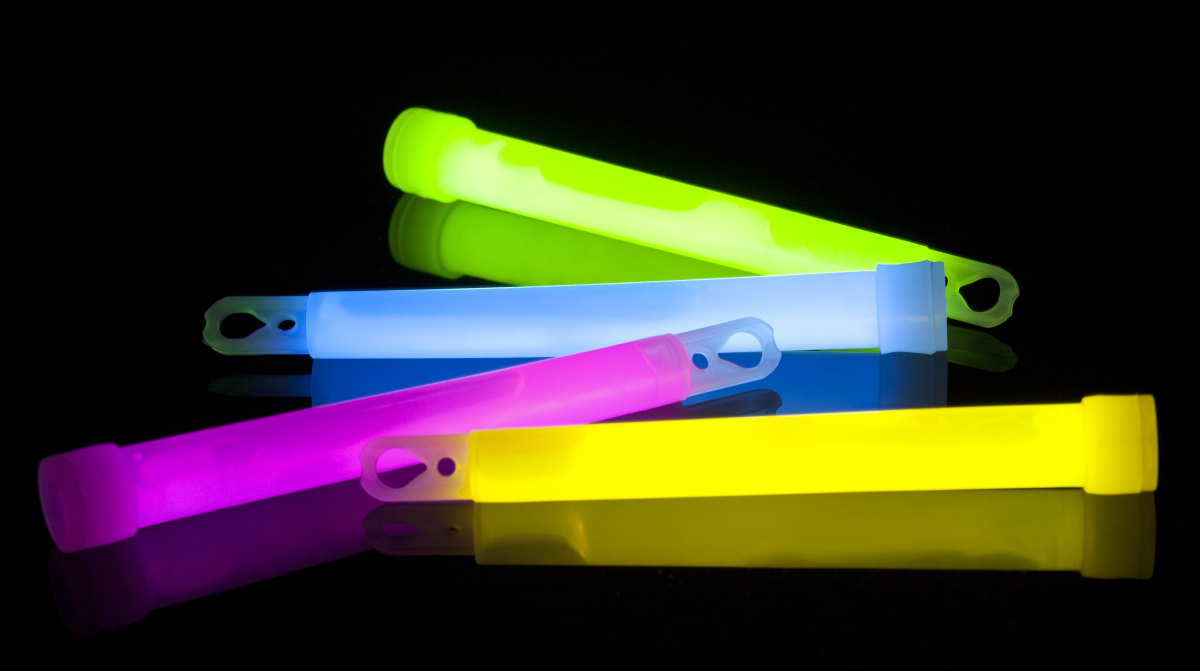 |
 |
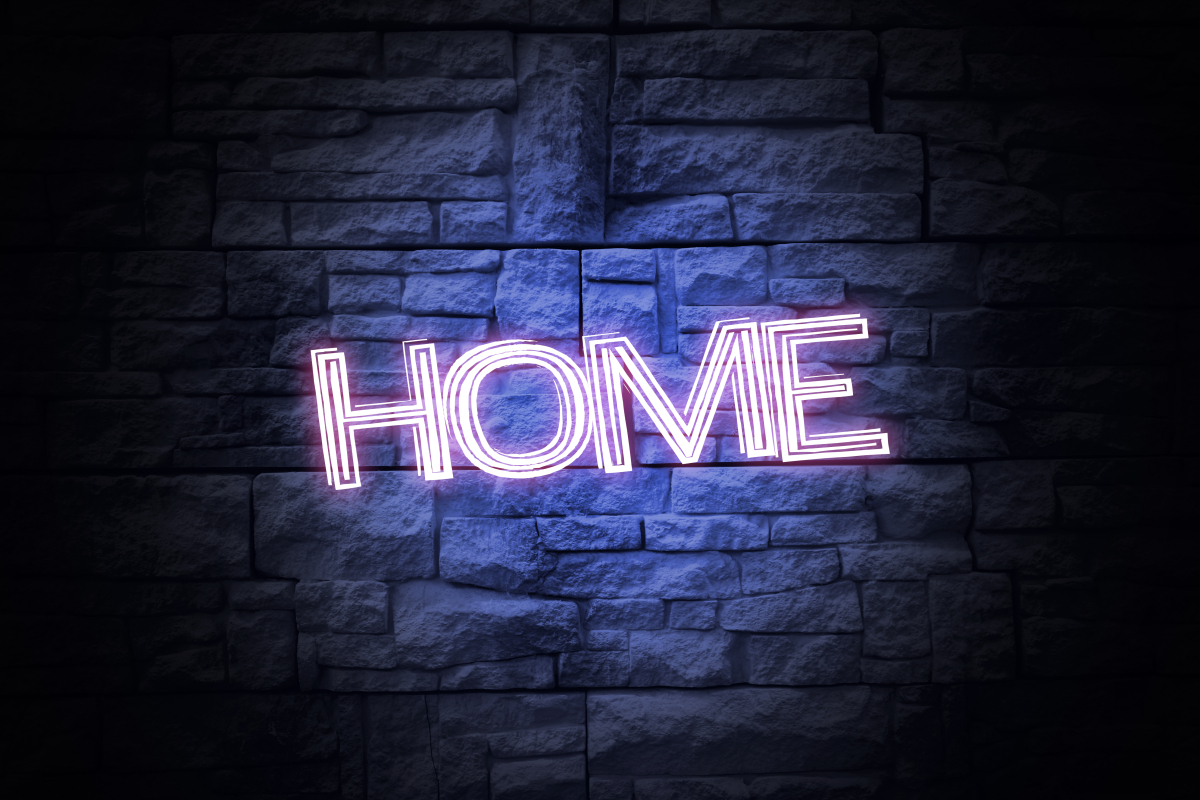 |
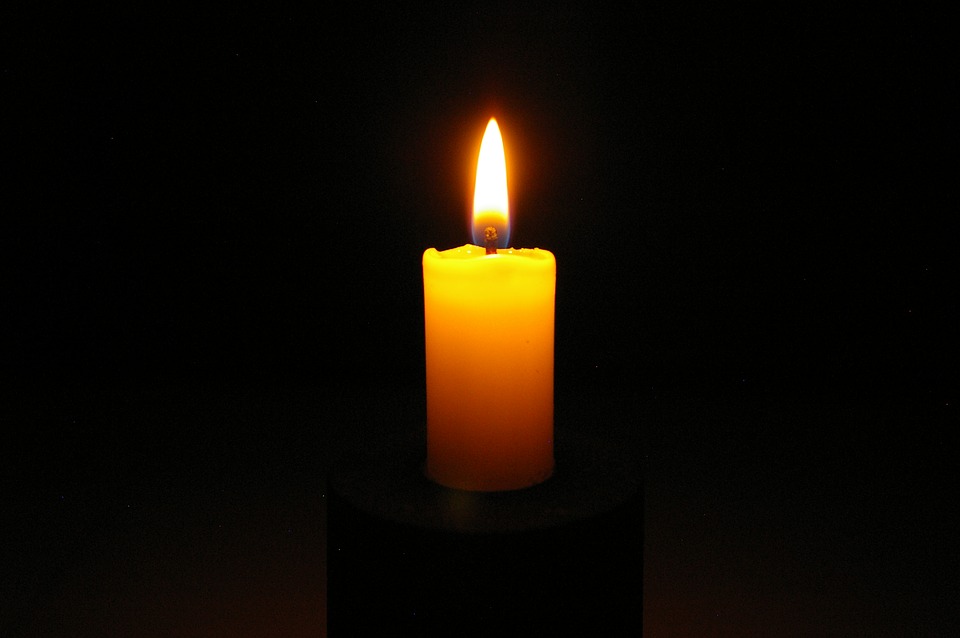 |
- Which items produce light by incandescence? How do you know?
AnswerIncandescent light bulbs, the coil from an electric stove and candles are all incandescent sources of light because they create light when they are heated to high temperatures.

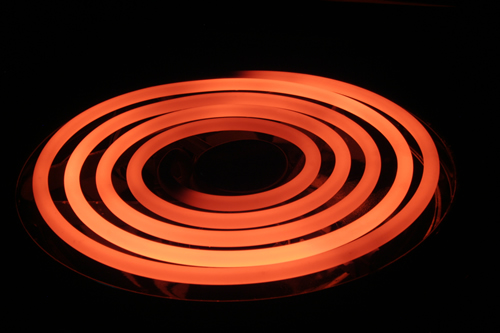

- Which item that you found during your scavenger hunt produces light emissions two ways? What are these?
AnswerFluorescent bulbs produce light emissions using electric discharge and fluorescence.
Fluorescent light bulbs emit small bursts of UV light by electric discharge (electricity traveling through mercury gas). This light is then absorbed by the fluorescent white coating on the light bulb, which emits the visible light we see from the bulb.

- Compare phosphorescence and chemiluminescence. How are they similar to each other? How are they different? How about phosphorescence and fluorescence?
AnswerPhosphorescence is caused by a phosphorescent substance emitting light that it absorbs, while chemiluminescence is light that is given off by a chemical reaction. The light emitted by phosphorescence and chemiluminescence fades over time. Phosphorescent materials can be "recharged" when exposed to more light, but chemiluminescence will require more reactants for the chemical reaction to emit more light.


Phosphorescence and fluorescence both absorb and emit light energy. Fluorescence emits light only while it is absorbing it, while phosphorescence continues to emit light even after the initial light source is removed.


- Which of the light sources found in your scavenger hunt require electricity to produce light?
AnswerIncandescent, LED and fluorescent light bulbs, as well as the electric stove and the electric discharge tube (the neon sign), require electricity to produce light.





Canadian Home Energy Use
Canadians consume a lot of energy compared to other developed countries. Energy is used in our homes to run electrical appliances and produce light, heat and hot water. Many Ontario homes are heated using natural gas or oil, which are fossil fuels. About 20% of electricity in Ontario is generated by burning natural gas directly, but other forms of energy such as nuclear power also require intensive energy costs to produce power.
Burning fossil fuels to produce electricity and heat our homes produces carbon dioxide, a greenhouse gas (definition:a gas that absorbs infrared radiation, heating up the atmosphere)that may contribute to climate change.(definition:a large change in climate patterns)
This graph from Natural Resources Canada shows that Canadians now spend 4% of their overall energy use on lighting, a significantly lower percentage than in previous years. This lower number is due to the reduction in use of incandescent light bulbs over the past decade.

 What Do You Think?
What Do You Think?
- What surprised you the most about this graph?
- What do you think is the largest energy use category in your home?
- How might you reduce the amount of energy your home consumes?
- Do you think this graph is representative of all homes in Canada? How might it differ between homes in Northern Ontario and Southern Ontario?
CONSOLIDATION
Shining a Light On Things
For a deeper understanding of the most common types of light bulbs you may find in your house and how they work, watch the following video. This will be useful for the Home Lighting Audit you will complete next.
You should note that in recent years, the cost to purchase certain types of light bulbs has decreased significantly.
 Home Lighting Audit
Home Lighting Audit
Home energy audits (definition:detailed inspection) are used by Ontarians to find out how they can make changes to reduce the amount of energy consumed by their home.
Here is your opportunity to conduct an audit of your own home, focusing on the energy used by lighting. Reducing the energy used for this can reduce greenhouse gas emissions and the impact of climate change.
Have a look at these images of common light bulbs. Then, perform your own audit by following the instructions below.
Common Household Light Bulbs
Incandescent:
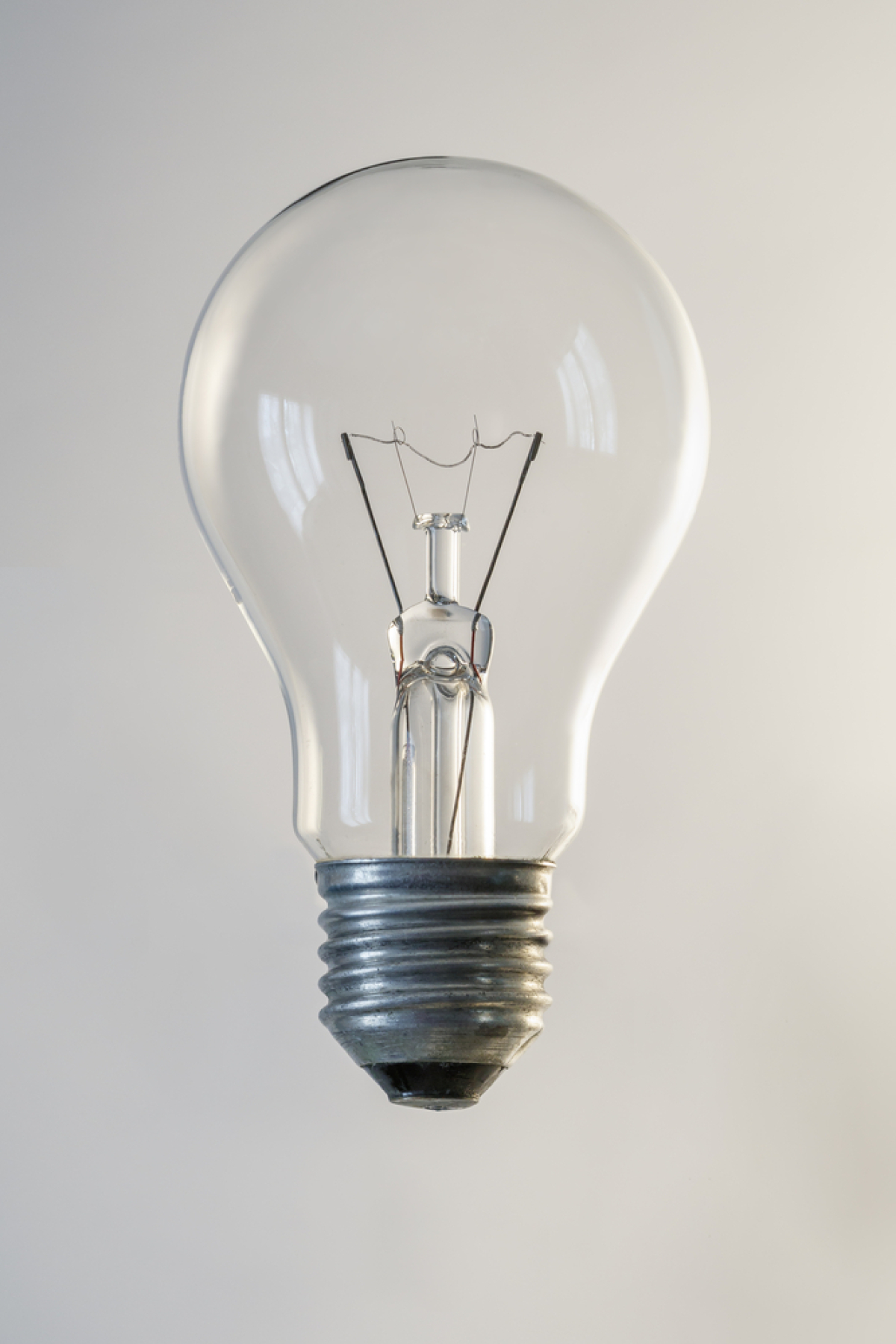
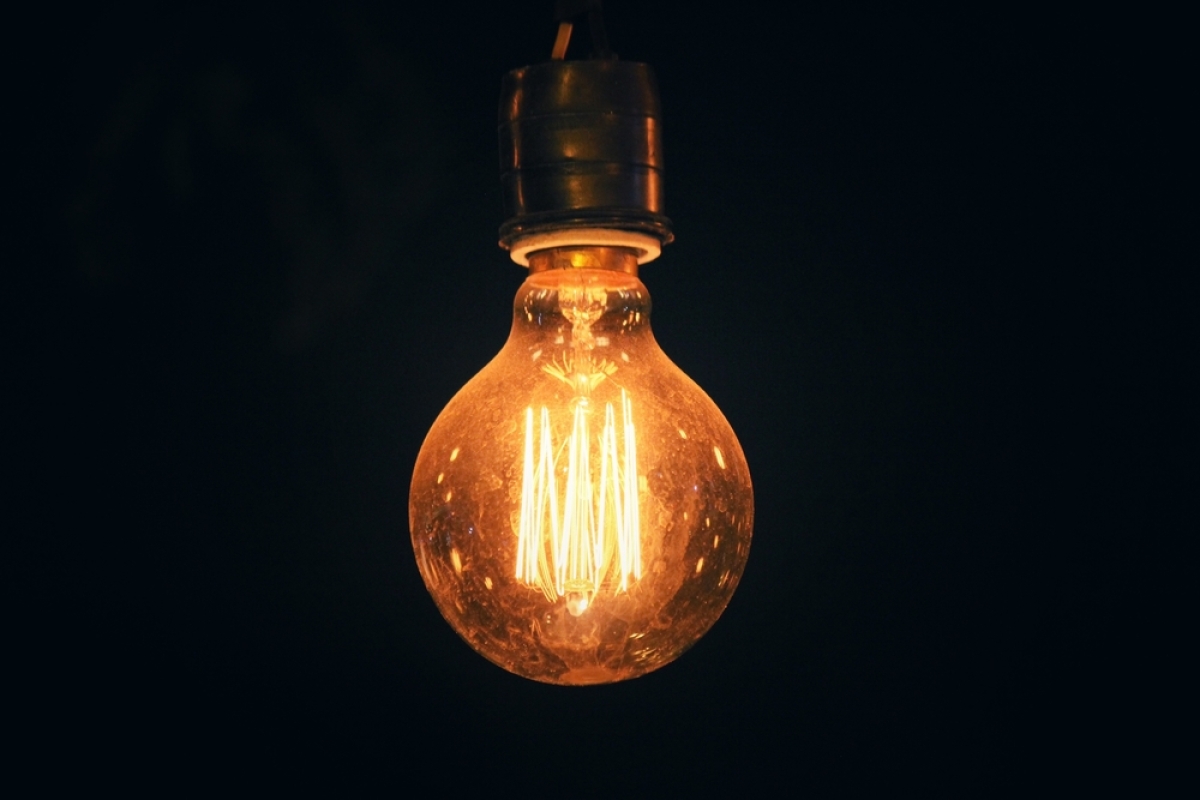
Fluorescent:
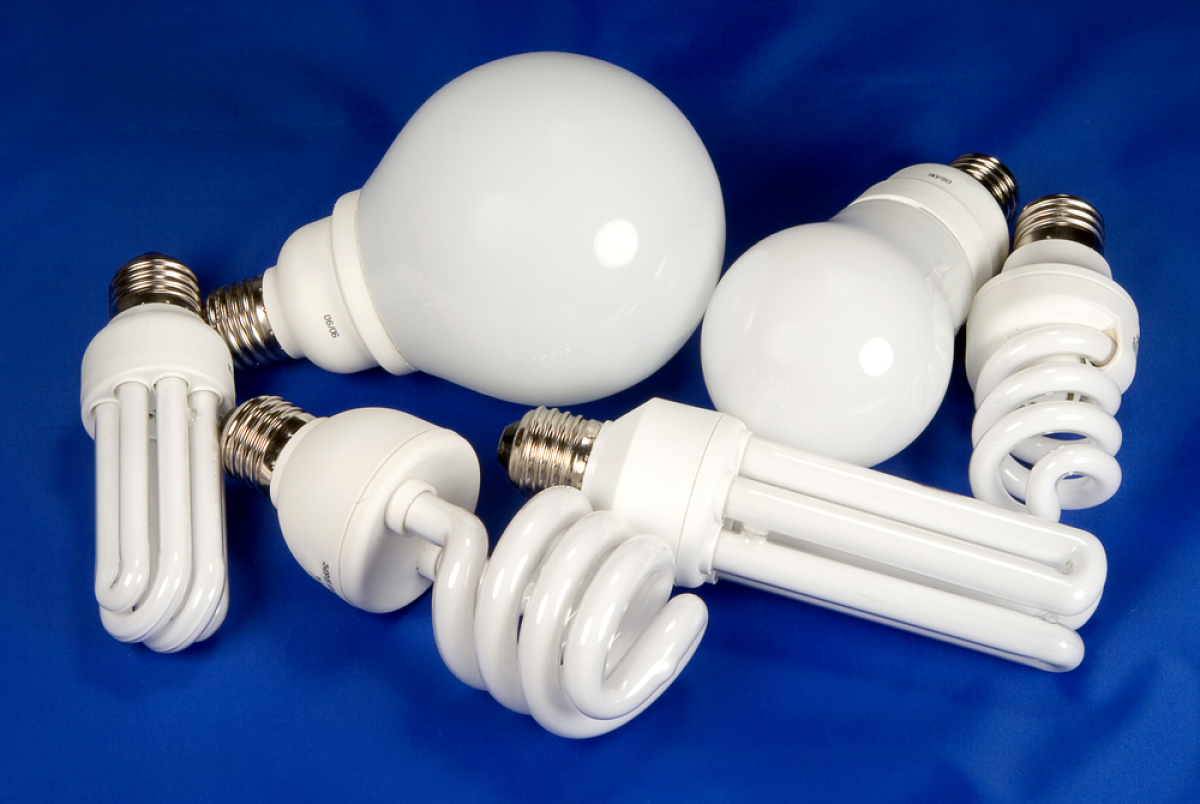

LED:

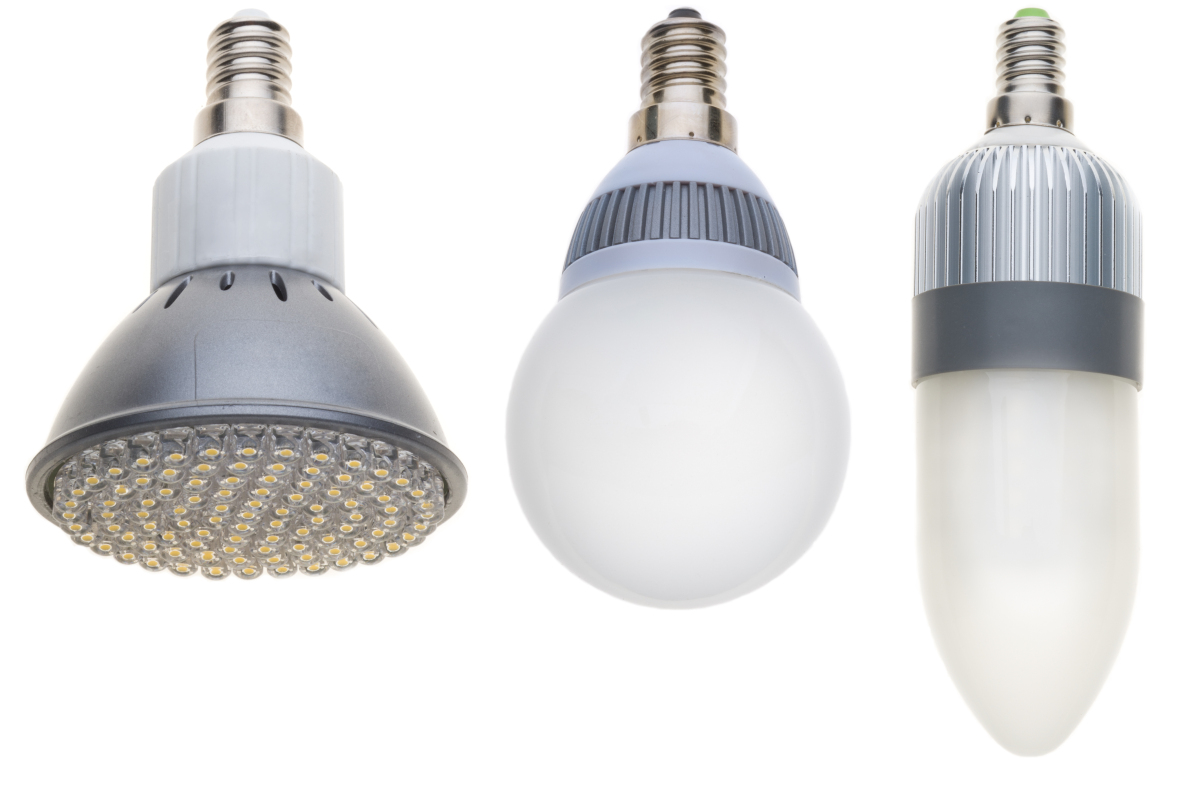
Conduct Your Own Home Lighting Audit
1. Create a tally chart to record how many of each type of light bulb you have in your home. It might look something like this:
2. Count how many of each light bulb you find. Remember to look for all the light bulbs in your house, including inside appliances such as refrigerators and microwaves. Total the number of light bulbs in each category.
3. Construct a graph to represent the total number of light bulbs in your home. You may choose to use either a bar or a circle graph. Be sure to include a title and labels on your graph.
Analysis and Questions
1. Analyze your graph. What are the most common light bulbs in your home?
2. Conduct a careful internet search to investigate the pros and cons of each type of light bulb. Some criteria to consider when you research include energy used, lifespan and cost.
You may wish to create a chart like this:
3. Imagine that one of your light bulbs has to be replaced. Search on the internet for Canadian hardware store websites to decide which light bulb you would purchase to replace it and why you would choose it. Include a link to the website and the price of the light bulb in your discussion.
4. One way to reduce home energy use is by changing the behaviours of the people who live there. Another way of reducing energy is by using technology that requires less energy.
With these two strategies in mind, create a short list of three recommendations to reduce the energy used by lighting in your home. Choose the ones that you think would be most feasible (i.e., the most likely to result in energy use changes) for your own home and family. Explain why you made these particular recommendations. Be sure to share this information with others in your home so your ideas can be implemented!
5. Think about the environmental impact you would like to make in your own lifetime.
If there is a clear relationship between your energy use and climate change, then your decisions can definitely make a difference. It may not seem like much at the time, but how might energy savings based on the choice of light bulbs you use in your own home affect the environment in a positive way for everyone? How might they affect it in a negative way?
 Self Check
Self Check
| Self Check - Home Lighting Audit | |
|---|---|
| I have created a graph to show the types of light bulb I have in my home. | |
| I have identified the pros and cons of using each type of light bulb. | |
| I have used my pro/con chart to draw conclusions about the type of light bulb I would purchase for my home. | |
| I have identified ways of reducing energy use (e.g., changing behaviours or using technology) related to lighting in my home. | |
| I have explained why these ways would be most feasible to reduce the environmental costs related in my home. | |
| I have explained the relationship between energy use and climate change. |